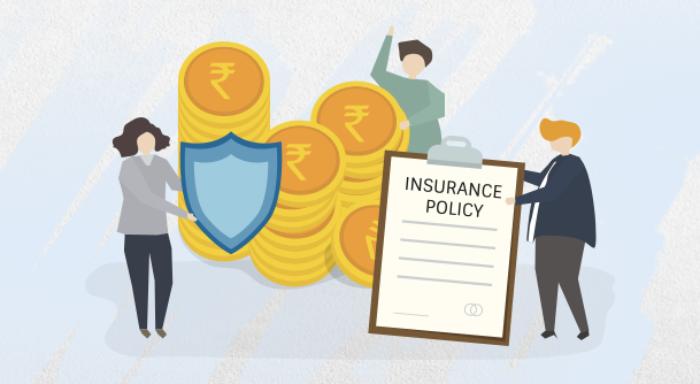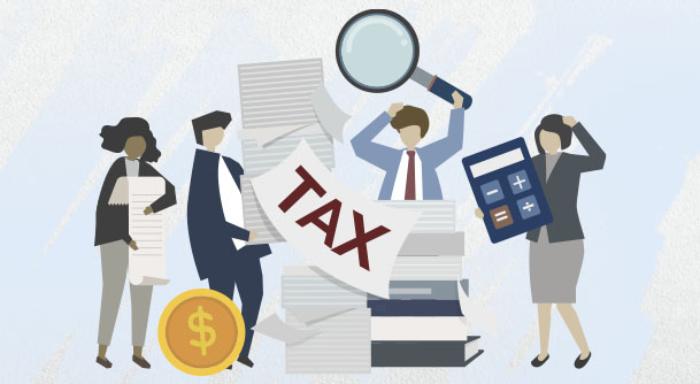5 Essential Tax-Saving Investment Tips in 2025
Blog Title
1490 |
2/9/25 8:30 AM |
Tax-Saving Investments in 2025: 5 Essentials for Your Checklist
When discussing personal finance, tax saving investments always remain a key aspect for individuals looking to optimise their financial strategies. You should focus on tax-saving investments as they not only help reduce your taxable income but also allow you to build wealth systematically.
If you aim to comply with tax laws and at the same time want to prioritise smart wealth creation, here's a checklist that effectively manages your finances while ensuring that your hard-earned money works in your favour.
5 Essentials for Your Tax Saving Checklist in 2025
With tax saving investments, you can establish a disciplined saving strategy to promote wealth growth with options like ELSS and NPS and gain financial security with instruments like health insurance. Considering these benefits in mind, here are five essential tax saving investments:
1. Equity-Linked Savings Scheme (ELSS)
ELSS funds are mutual funds with a three-year lock-in period primarily invested in equities. These funds offer dual benefits: the ability to save up to ₹1.5 lakh in taxes through deductions under Section 80C of the Income Tax Act and the potential for significant returns due to their exposure to equity markets.
ELSS has historically produced average returns of more than 13% per year over the last decade. This makes it the perfect choice for anyone seeking to generate wealth over the long term with a moderate to high-risk appetite.
2. Public Provident Fund (PPF)
The PPF is a government-backed savings plan that falls under the Exempt-Exempt-Exempt (EEE) category and provides a secure investment avenue with guaranteed profits. It currently offers an interest rate of 7.1%, compounded annually, and allows contributions up to ₹1.5 lakh per year.
The PPF is the best option for risk-averse investors looking for long-term stability and tax-free profits since the interest generated is tax-free and has a 15-year lock-in period.
3. National Pension System (NPS)
The NPS was established to help individuals save for retirement by offering a mix of government securities, corporate bonds, and securities. While it may not provide the direct tax benefit under the new regime, it allows deductions under different sections and promotes disciplined retirement planning.
Section 80CCD(1B) allows for an extra ₹50,000 deduction for NPS contributions. Furthermore, contributions made by employers to the NPS are also eligible for deductions of up to 10% of the basic income in the old regime and up to 14% in the new regime.
4. Tax-Saving Fixed Deposits
Tax saving fixed deposits (FDs) come with a lock-in period of five years and offer guaranteed returns. However, they may not be as appealing as other choices like ELSS or PPF because the interest received is taxed based on the individual's income tax level.
You can claim a maximum deduction of ₹1.5 lakh by investing in these tax-saving fixed deposits. This is part of the overall ₹1.5 lakh limit under Section 80CCE, which includes Sections 80C, 80CCC, and 80CCD(1).
5. Life Insurance Plans
Since life insurance policies provide substantial deductions under Section 80C of the Income Tax Act, they are an essential aspect of tax-saving investments in 2025.
People can claim tax deductions on premiums paid up to a limit of ₹1.5 lakhs per year. Moreover, life insurance is also eligible for tax exemptions under Section 10(10D). If your policy meets the criteria of Section 10(10D), then all your returns will be completely free of tax. Moreover, your death benefit amount will always be tax exempt, ensuring that your loved ones get the entire sum assured amount from your policy.
How to Choose the Right Tax-Saving Investments?
In order to maximise profits and give yourself time to plan your investments, start investing in the early quarters of the year rather than waiting until the end of the year and using ad hoc tax-saving solutions.
Selecting the right tax-saving investments involves assessing your financial goals and risk tolerance level. Here's your checklist:
Evaluate Your Financial Goals:
Understand whether you're saving for short-term needs or long-term goals such as retirement. Plan and invest accordingly.
Review and Adjust Investments Regularly:
Periodically assess the performance of your investments and make adjustments to align with changes in tax laws or personal financial goals. Reallocate and diversify funds if necessary, especially in market-linked instruments like ULIPs or NPS.
Prioritise Early Planning and Investment:
Start your investment early in the financial year to leverage compounding and fully maximise benefits under Section 80C of the Income Tax Act. Options like ELSS, PPF, and NPS help in tax saving and long-term wealth creation.
Final Thoughts
As the new financial year approaches, being proactive about your tax saving investments is necessary for your financial well-being. By understanding the various options available in our checklist and aligning them with your financial goals, you can easily optimise your savings while ensuring a safe and secure future.
Don’t forget that timely decisions can lead to significant benefits down the line. So, take charge of your financial journey and invest in these tax-free investments today!










